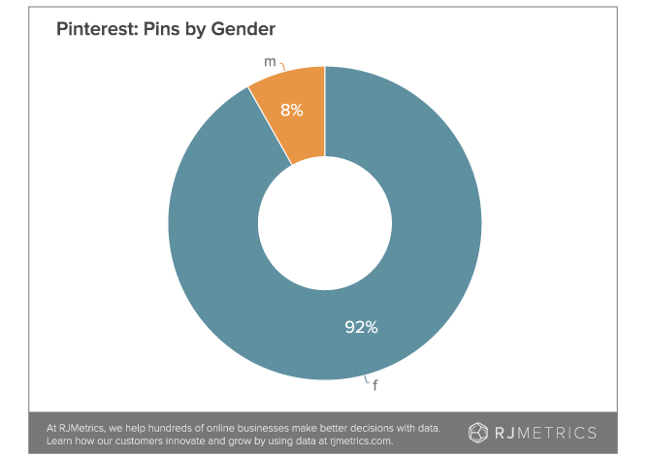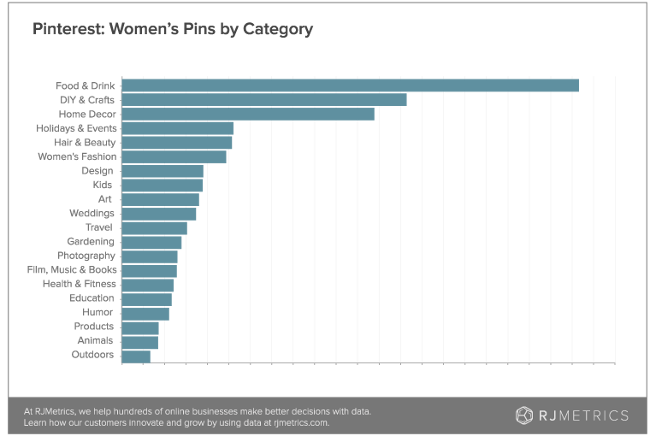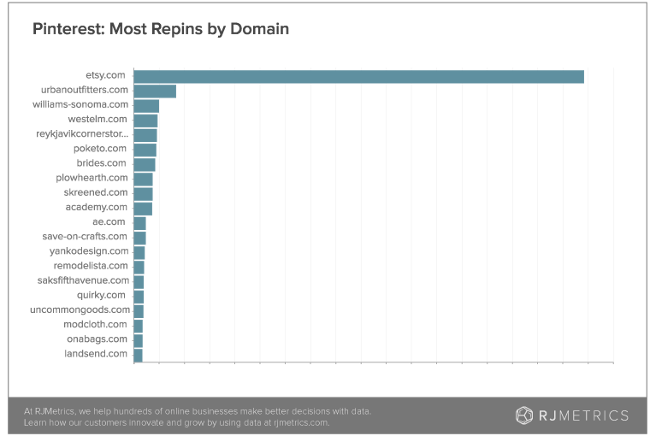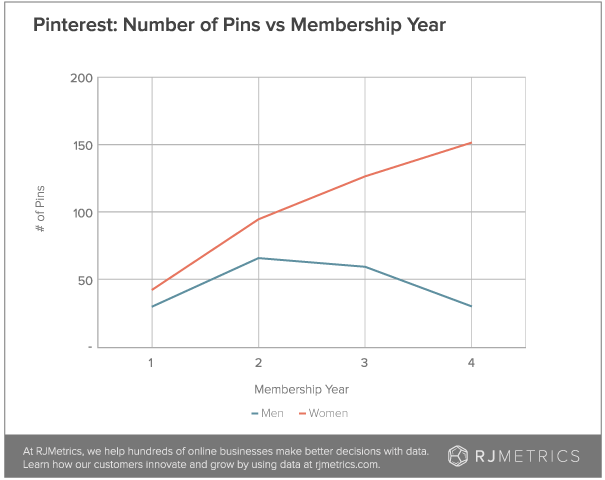A Promoted Pin appearing on Pinterest for mobile. Image via Pinterest for Business
Last month, Pinterest marked a milestone 30bn pins and, this week, it introduced Promoted Pins to monetise this content. We take a peek at the pinners behind this growing social network to see why advertisers should take note.
Founded in 2010, Pinterest is still a young social network but it has already been valued at US$3.8bn. This valuation could increase significantly if the platform’s Promoted Pins test with a select group of advertising partners pays off.
Starting this week, US-based users will start to see pins in the search and category feeds that look and act just like regular pins, but their placement has been paid for. A small selection of advertisers are included in this initial test, including Gap, Expedia.com, Kraft, Target and Walt Disney Parks and Resorts.
“We’re keeping the test small so that we can collect as much feedback as possible, but we’re hoping to open it up to more businesses throughout the year,” explained Joanne Bradford, head of partnerships at Pinterest in a blog post.
Target audience
Pinterest’s approach to monetisation is focused on advertising that’s tasteful, transparent and relevant, and user feedback has been welcomed at all stages of this introduction – but who are these users that Pinterest is eager to please?
RJMetrics explored a dataset of 50,000 random pinners and their pins in order to better understand this network’s users, their engagement and their desires. Data was gleaned directly from public pages on Pinterest and, as has already been widely noted, illustrates Pinterest’s largely female userbase.
RJMetrics sets the ratio at 80:20 female to male users. Perhaps more interesting, though, is that female users are not only more prolific on Pinterest, they are also more active. In all, 92pc of all pins are made by women.

According to RJMetrics’ data, the percentage of pins from male users has been in decline since July 2011, while female user activity has grown from 87pc to 94pc in almost three years.
The most popular categories pinned by women are Food and Drink (20pc), DIY & Crafts (12pc) and Home Décor (11pc).

As every pin links to a URL, RJMetrics did some deeper diving, rooting out user-generated content sites, such as blogs, and whittling down to the commercially relevant pins containing product data.
Ranking by domain, Etsy is the dominant force by a country mile.
Curiously, Etsy’s on-site ‘Pin it’ button accounts for just 8pc of its total pins. The vast majority of Etsy-powered pins (67pc) actually come from the Pinterest bookmarklet.

Monitoring active users by membership year, male users’ interest wanes quickly in the first year after signing up to Pinterest, whereas 84pc of female pinners are still active in their fourth year of membership.
In fact, according to RJMetrics, female users are pinning more every year they use Pinterest, growing from an average of 42 pins in year one to 152 by year four.

What RJMetrics’ data shows is that the visual-led social bookmarking service has a dedicated, active userbase of, mostly, women. This is the kind of audience that would have many advertisers salivating at the mouth, seeing as numerous reports cite that 85pc of consumer purchasing decisions in the US are made by women.
Now that Pinterest is opening up the platform for paid-for advertisers, it could well be on track to become the leading tool for advertising products online.